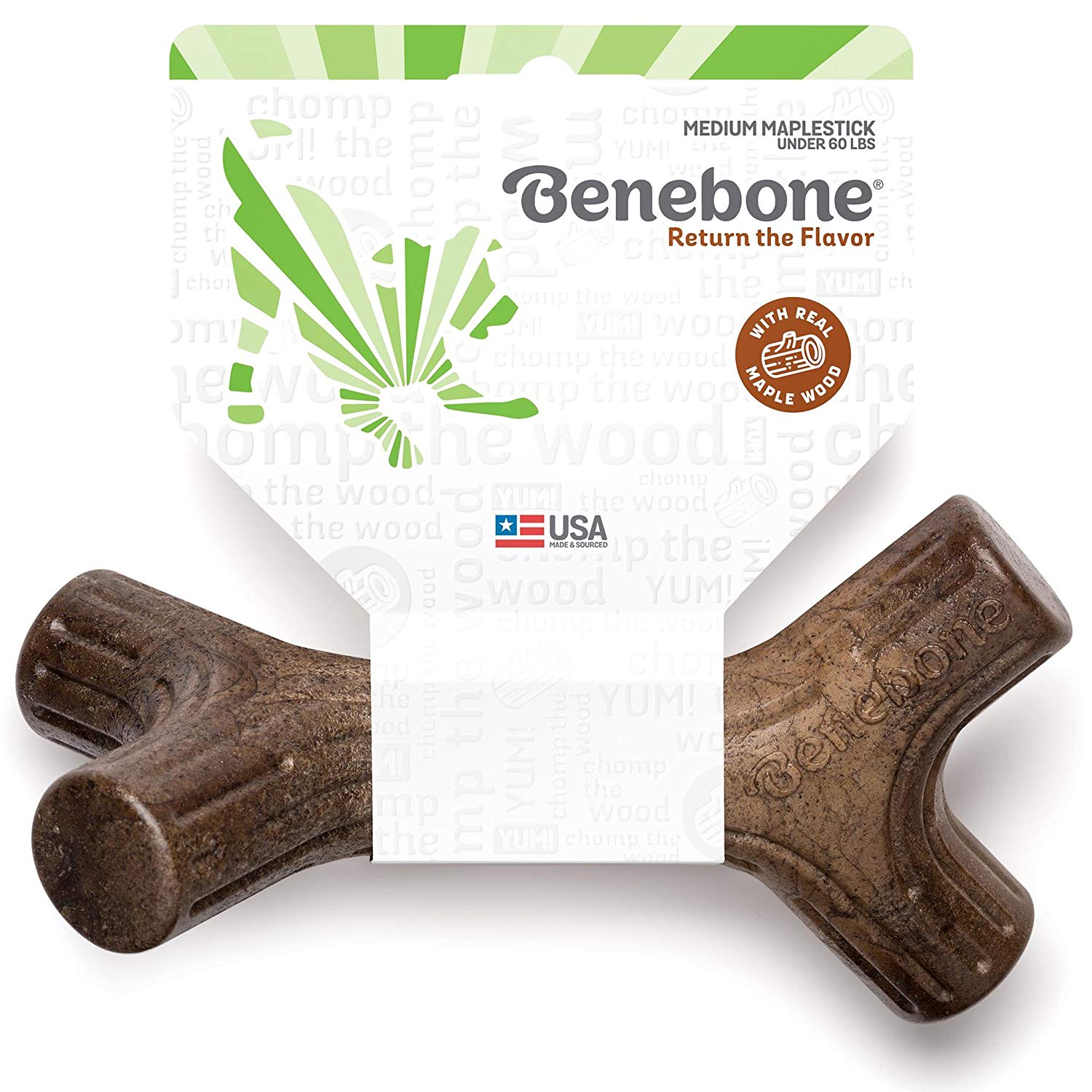Training is an essential part of owning a dog. We teamed up with professional dog trainers at Cornerstone Dog Training to talk about all things dog training!
why is it important to train your dog?
Dog training is so vital to a dog and owner relationship. Boundaries make relationships thrive, and also help meet expectations. Dog training helps families and dogs live in a harmonious home.
What is your experience with training doodles?
“Doodle” breeds are on the rise, and we train a lot of them. In fact, a lot of our trainers are doodle owners themselves. It is no secret that certain breeds have been bred to do certain tasks. Golden retrievers, for example, were bred to hunt and retrieve. Poodles, were bred to be water wicking sport dogs. Both have amazing qualities, when bred together we see a variety of traits pull from both. One common trait we see pulling from the doodle gene pool is their eagerness to please. Sometimes, when a dog is eager to please, and they don’t understand the expectations, that’s where we see the anxiety because the rules aren’t clear. If your dog does have that anxiety, have no fear, dogs are survivors and once the boundaries are set, that anxiety fades.
What age should you start training?
The moment you get your dog home! Training is a lifestyle. There are many things you can do when your dog or puppy joins the family. We designed a program that helps you from day one get a dog of any age get through the first two weeks. As for professional training for puppies we recommend starting at 12 weeks old, there is a lot of patience and practice that goes into puppy training.
Dogs, at about 5 months (22 weeks) start to really grasp concepts. This is where the training gets really good. They are able to hold commands longer, with more distractions at greater distances.
online training program options
Kennel & Potty Training
Designed to train your dog from the moment they come home. This challenge trains them to be potty and crate trained in just 14 days!
Puppy Training Course
Designed for puppies 8-22 Weeks. This 8 week course comes with step-by-step instructional videos, training book, and puppy package. This gives you and your puppy a foundation to build on. Use code MLF20 for 20% off.
Chaos to Calm Course
At 5 months your puppy is ready for advanced training. This Online Program is 8 weeks and will help you navigate as your puppy is older. $700 off will be applied at checkout.
in-person training programs
One-on-one
Meet with a personal dog trainer every week for a personal training session. This is a 10 week program that will take you through all of the commands, on a field trip, and through to puppy graduation.
Mention MLF in person for $200 off
Board and Train
Don’t have time to do the initial work of training? This option is for you! Let the professionals take over.
Mention MLF in person for $200 off
What types of things will a puppy learn from your program?
The biggest thing that we teach is Focus. Focus kills chaos. We put that focus to work! Focus allows us to teach place (sitting on a pillow), sit, lay down, socialization, heel, and to wait at the door. By teaching these things with focus, that means we can ask the dogs to do these things for long periods of time, no matter what the distraction. Puppies have a lower mental celling than older dogs, so we really push learning to focus and adding in the distractions, distances and durations during our advanced course.
Why should people choose cornerstone as their dog trainer?
At Cornerstone Dog Training, we are here to serve you. We have put countless hours of effort, thought and heart into our program. We recognize that there are a lot of trainers out there, what we offer is guaranteed results and satisfaction. Nothing makes us happier than an “underdog” story, a good dog that seemed unmanageable, but in the end, both owner and dog were in harmony. We encourage you to consider training and hope you can see how it can bless your life.
MLF puppy families + followers get a discount!
So excited that Cornerstone is giving all of our families a special discount!!
For online puppy training use code MLF20 for 20% off. For puppies over the age of 5 months we reccomend the Chaos to Calm Course a $700 discount will be applied at checkoutf!
For in-person training: Mention MLF for $200 OFF!




























